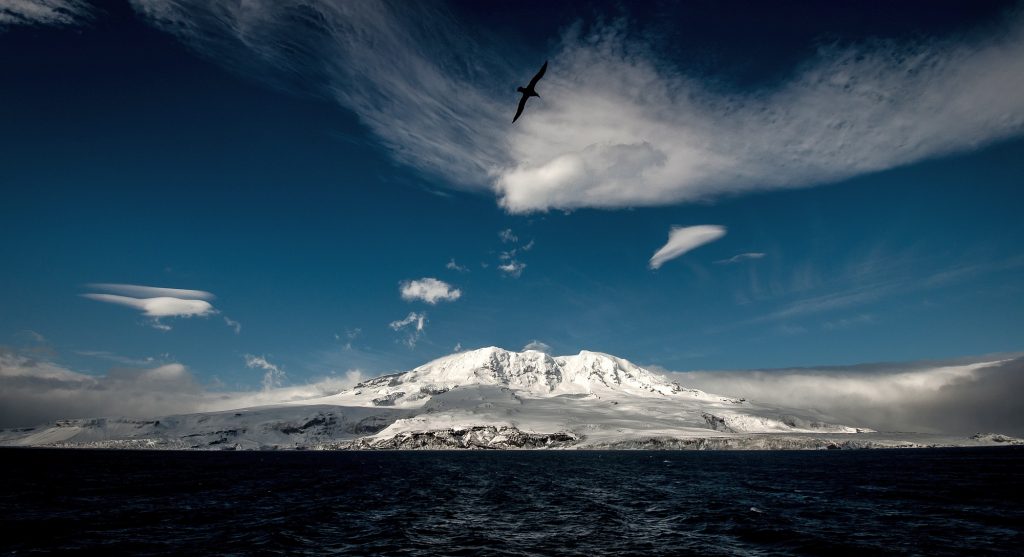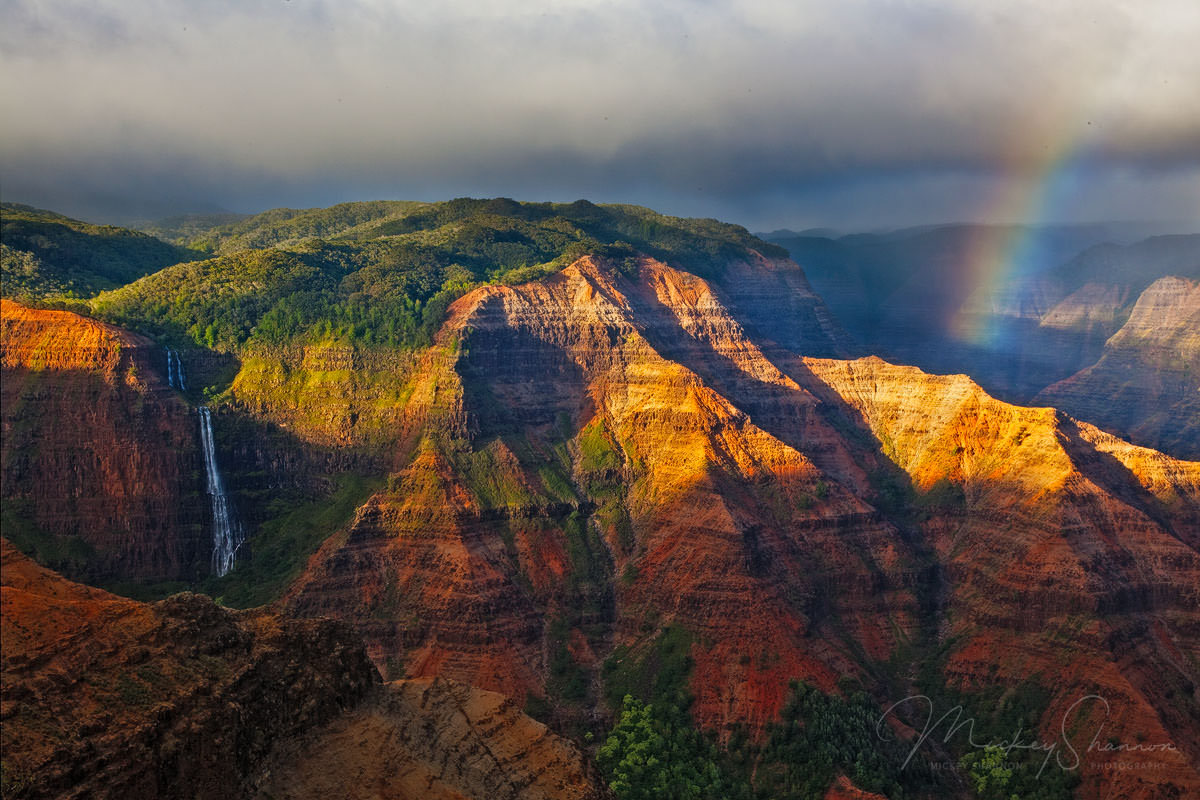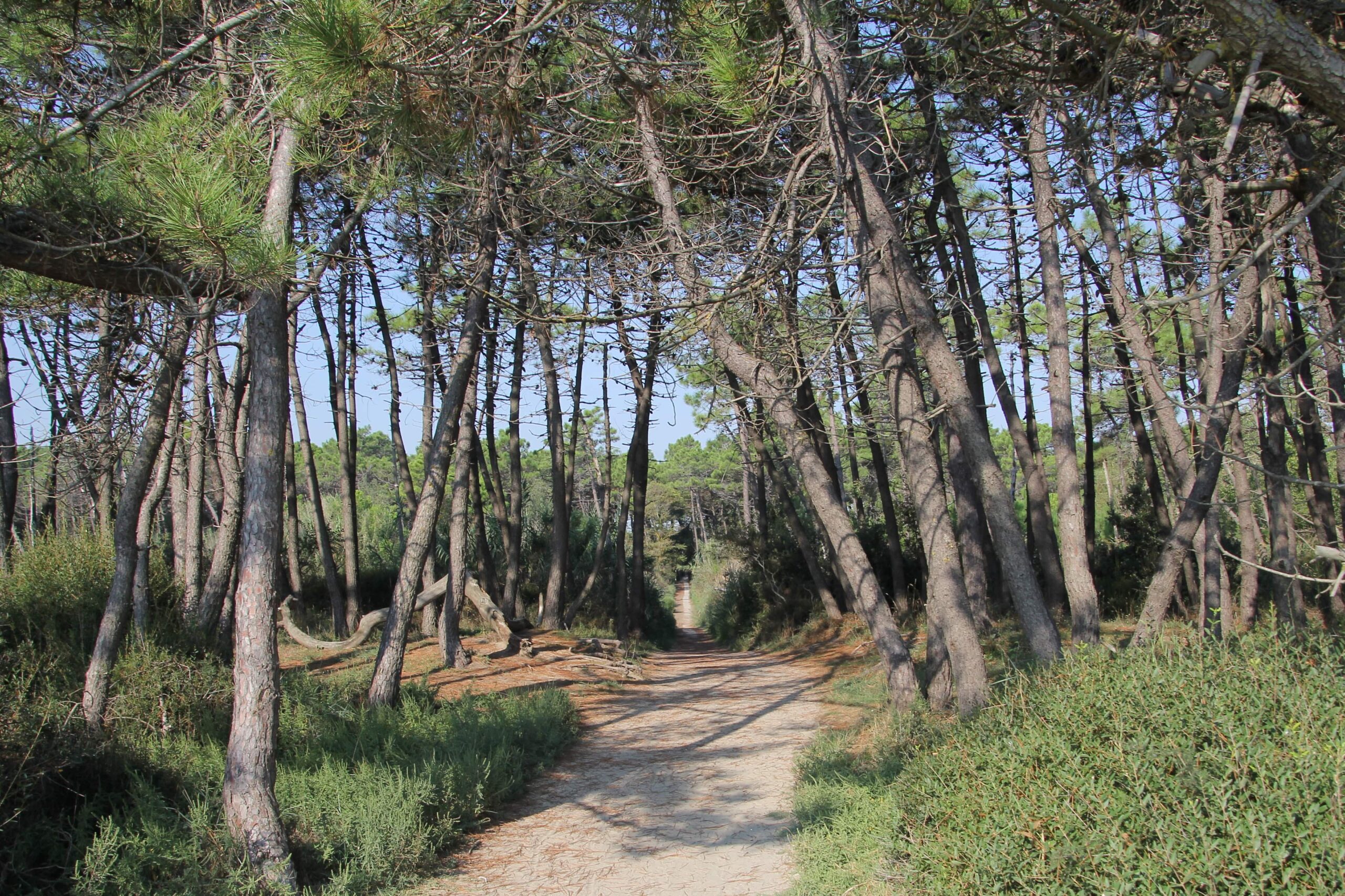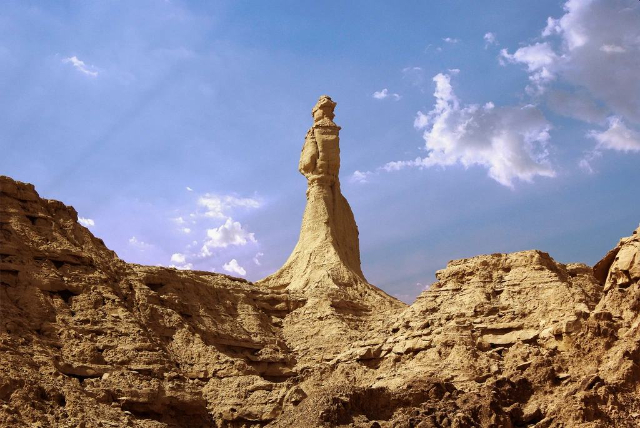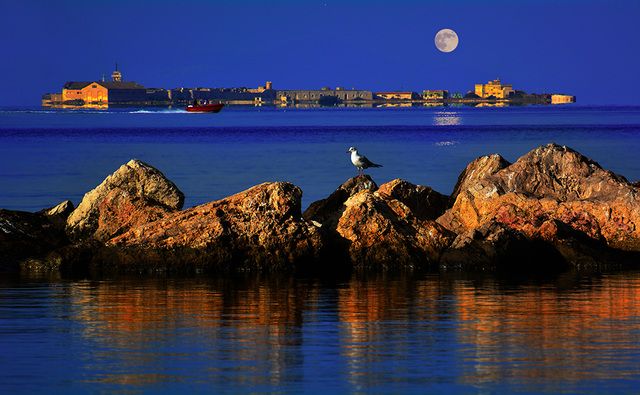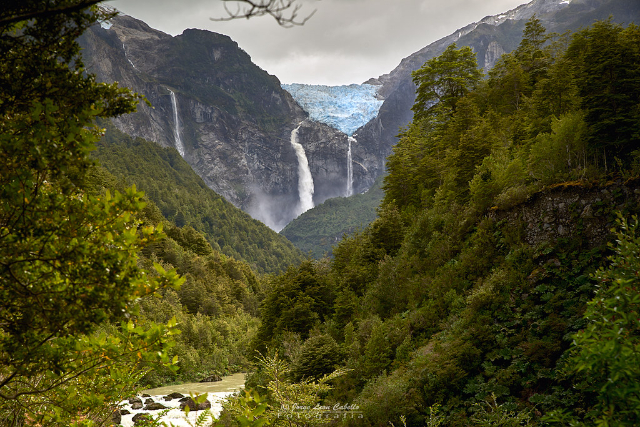The Gorropu Gorge is a deep canyon located in Supramonte, in Sardinia, and marks the border between the municipalities of Orgosolo and Urzulei. It is the most spectacular canyon in Europe, as well as one of the deepest.
In the local dialect Gorropu means ravine or excavated area. The gorge originated thanks to the intense erosive action caused by the waters of the Rio Flumineddu and its walls contain fossils that reveal its underwater genesis, which occurred between 190 and 60 million years ago.
You will find yourself in the wildest territory of the island: to face the trekking that leads to the canyon, you need the accompaniment of expert guides and adequate equipment. The most immediate access route is to the east, parking the car in the pass of Genna Sìlana, along the Sardinian oriental road (state road 125), between Dorgali and Baunei, and then following a marked path that takes an hour one way and twice as long the other way round. Through a wood of holm oaks, ferns, strawberry trees and other Mediterranean scents, you will arrive at the entrance of Gorropu.Gorropu is a masterpiece of nature, a treasure trove of biodiversity, with endemisms such as the aquilegia nuragica, a herbaceous species unique in the world, and the euprotto, which lives in the small lakes of the rio Flumineddu, the rarest amphibian in Europe together with the geotriton that lives in the nearby su Palu cave. The fauna includes mouflon and golden eagle, which nests in the gorge. The ancient mountain complex of Supramonte surrounds the higher and ‘younger’ massif of Gennargentu. It is a continent apart: enormous steep bastions and peaks over a thousand metres alternate with gullies that reach as far as the sea. Then there are forests, springs, caves and dolines, the largest of which is in Orgosolo: su Su Suercone, a ‘funnel’ 500 metres wide and 200 metres deep, a destination for demanding trekkers. In Oliena there is the karstic spring su Gologone, sculpted in the bowels of the subsoil by the power of the water, which emerges clear in the middle of a luxuriant oasis. It is connected to sa Oche and su Bentu: thirty kilometres of underground tunnels, small lakes and rooms with stalactites and stalagmites. La voce del vento’ (The voice of the wind) is set in the wild valley of Lanaittu, ‘pierced’ by other cavities such as Ispinigoli and grotta Corbeddu.


